6 ways you can streamline your live guitar rig
With gigs finally back on the cards, now is the perfect time to lighten your load
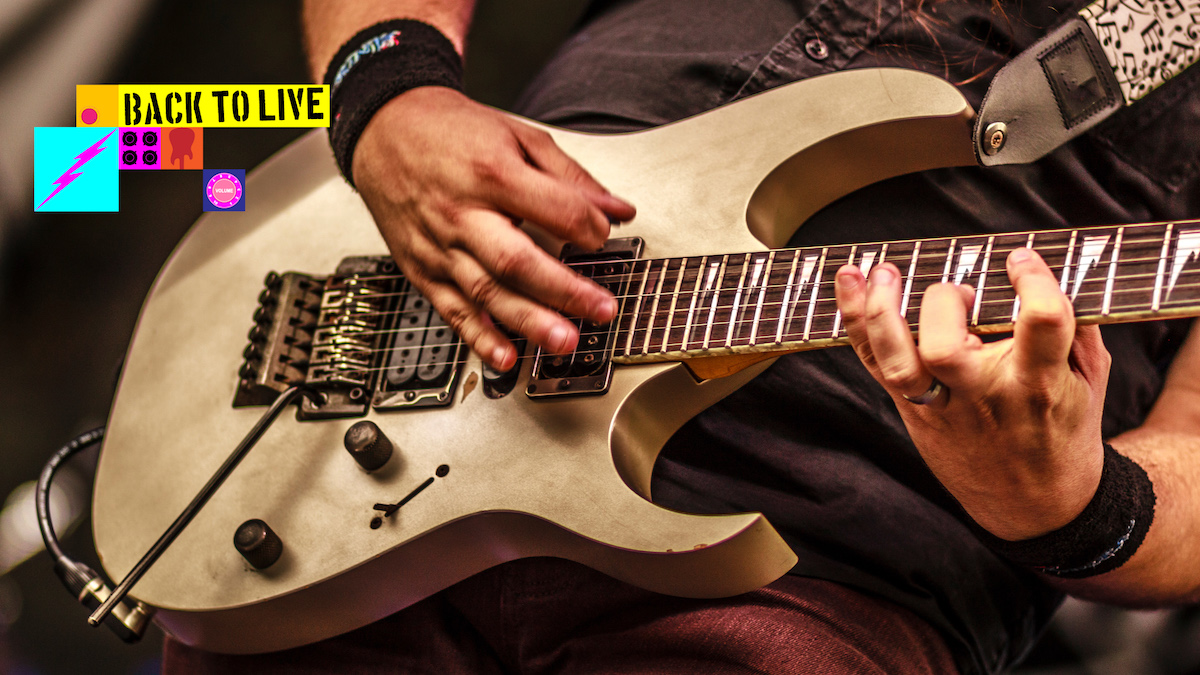
BACK TO LIVE: If you’re a gigging musician, having to haul a load of gear around can be a real ball-ache. This is especially true for those who don’t have their own transport – after all, what could be more tiring or stressful than having to lug armfuls of kit from one place to another on a crowded bus or train?
If you’ve ever struggled to cart your equipment to and from gigs, now is a great time to start streamlining. And don’t be fooled into thinking that slimming down your rig will result in a poorer tone. To borrow a well-worn cliché, it’s all about working smarter not harder. Let’s go over some key things you can do to lighten your load ahead of your next live gig...
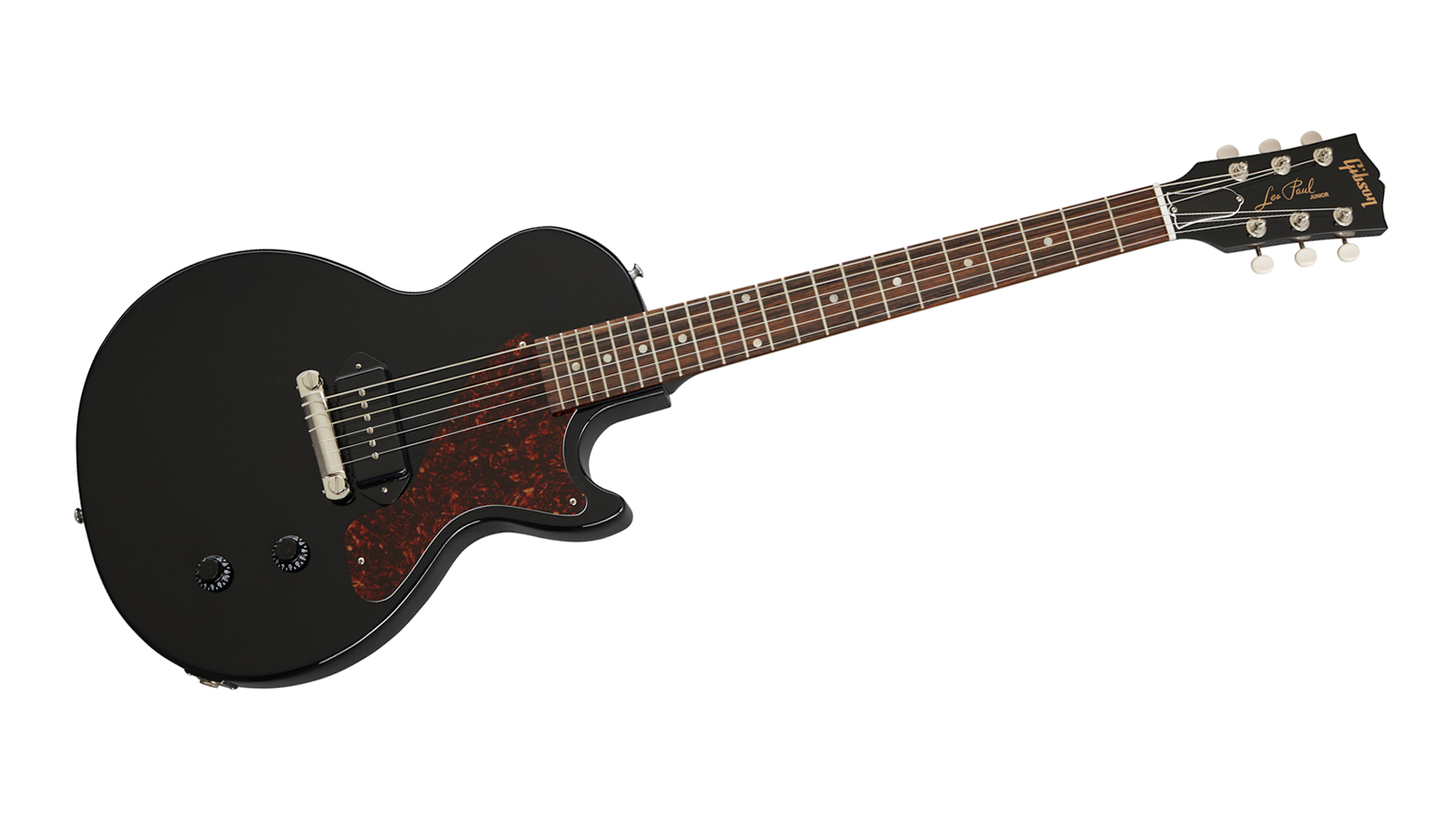
1. Pick one versatile guitar
Having to transport two or three guitars can be incredibly hard work. Even if you can pack two guitars into one case, you’re still adding around 5kg/11lbs to your load. So, if possible, you should choose one reliable yet versatile guitar for your gigging rig – something that’s well-built and can do it all. It might sound like a huge ask but there are options out there.
One of the best choices is the Fender Telecaster. Not only does it offer a great tonal range, it’s also incredibly sturdy and has long been heralded as a workhorse by veteran guitarists.
Another reliable option – especially if you play music with a bit more oomph – is the Gibson Les Paul Junior. It may be a simple guitar but it packs a punch, and is roughly 1kg/2lbs lighter than its big brothers. If you’re looking for something cheaper, try the PRS Starla. Weighing a total of 3.3kg/6.6lbs, this retro-styled gem is one of the lightest axes on the market.
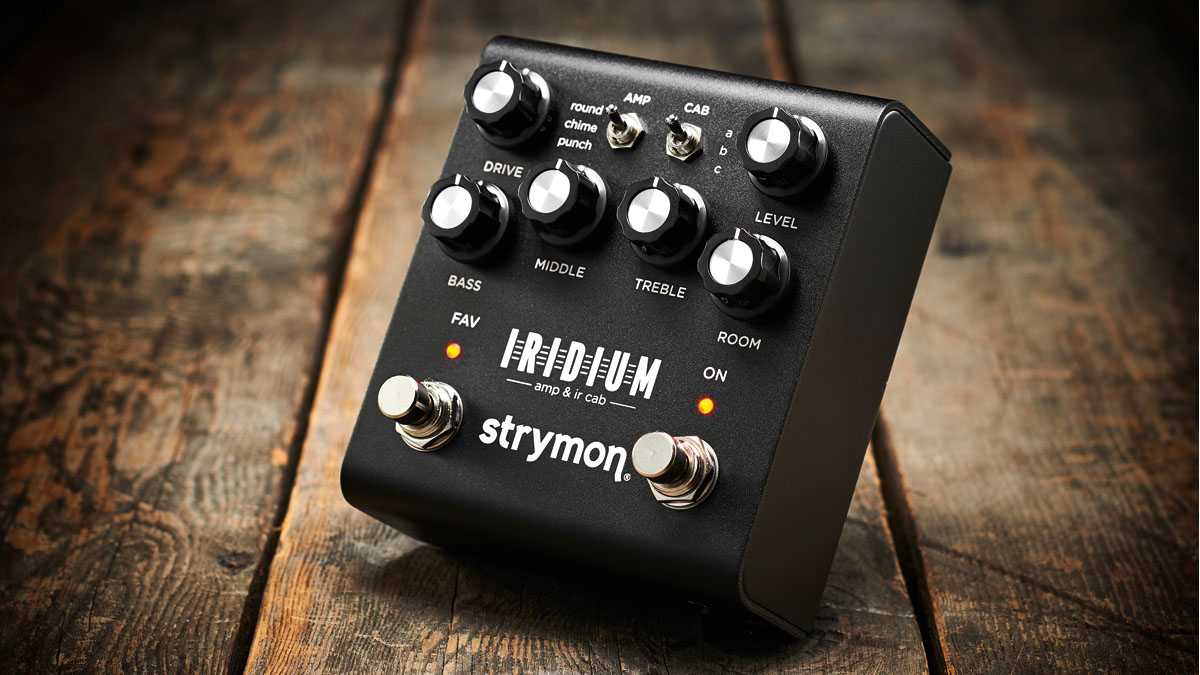
2. Go direct with an amp pedal
Amps and cabinets have always been the most cumbersome items in a guitarist's arsenal, but they’re no longer the necessary evil they once were. If you’re looking to slim down your rig – and don’t want to lose your own unique tone by using random backline amps – you could consider getting an amp pedal.
If you’re unfamiliar with power amp or amp modelling pedals, they’re basically floor-based, often pedalboard-friendly, units that enable you to play directly into a speaker cabinet or house PA. They’ve really advanced in the past few years, to the point where they can hold their own against many traditional combo amps and heads.
Get The Pick Newsletter
All the latest guitar news, interviews, lessons, reviews, deals and more, direct to your inbox!
This has become a huge area of investment for amp and pedal companies, and there’s now a huge range of products out there, covering every need and budget. From simulators that provide a vast spectrum of tonal options, through solid-state amps that can give you a huge amount of headroom, to authentic tube-driven devices created with cutting-edge nanotechnology, you can find it all these days.
If you’re looking for a great all-round device that can slot onto your pedalboard or fit inside your gig bag, we recommend the Strymon Iridium Amp and IR Cab Simulator Pedal. If you want to see some other top picks, check out our guide to the best pedal amps.
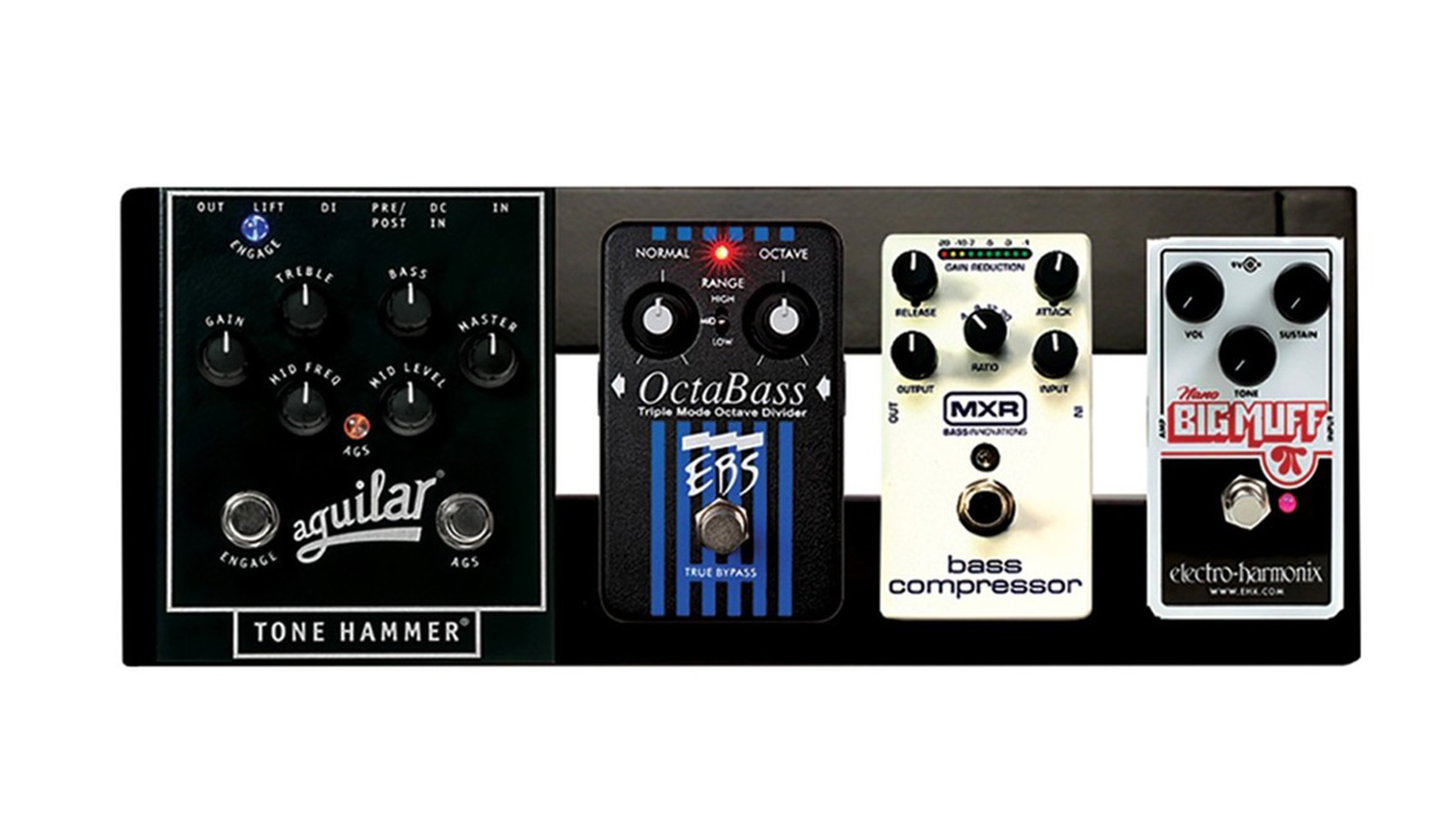
3. Get a lightweight pedalboard
Pedalboards are another piece of kit that can be quite hefty, and that weight isn’t necessarily all in your pedals. The boards themselves can be quite cumbersome, depending on their build, what they’re made of and, of course, their size. To help keep the weight to a minimum, look for a simple, aluminium-built pedalboard with no elaborate features. One such unit is the Tourtech Medium Pedal Board; lightweight yet robust, it should be plenty large enough to host all your necessary pedals.
Another excellent choice is the Pedaltrain Nano. Weighing less than 0.5kg/1lb, this single-row unit will take up a lot less space inside your gig bag – and, of course, the fact that it can only hold five standard-sized pedals means you won’t be able to load yourself up with extra weight. Many of us have been guilty of overloading pedalboards just so that we can have more options onstage. By putting strict limitations on what you can have on your board, you may find that you don’t need a lot of the things you’re currently running.
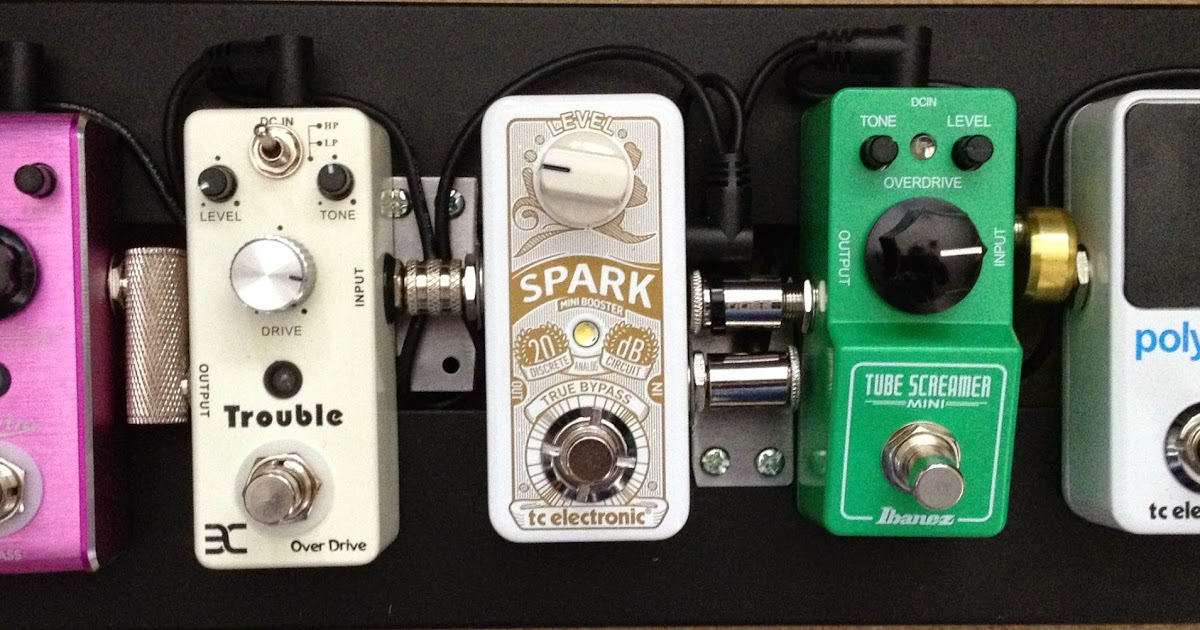
4. Make friends with mini pedals
If you’re loath to cut back on the number of pedals you have, one way to save space, weight and even money is to switch out your standard pedals in favour of their mini counterparts. Mini pedals have really grown in popularity in recent years as guitarists have begun to realise what they’re capable of. From the Ibanez Tube Screamer Mini and the TC Electronic Hall of Fame 2 Mini Reverb, to the MXR Carbon Copy Mini Analog Delay and the Jim Dunlop Cry Baby Mini Wah, these micro units can really hold their own when compared with the full-size versions.
Overall, you can get a lot more on your board by going mini. If you have a board that fits four standard pedals, you should expect to get at least six minis on there. Yes, it’s true that mini pedals tend to have fewer tonal controls – but some guitarists actually see this as an advantage, especially when it comes to set-and-forget-style effects such as reverb.
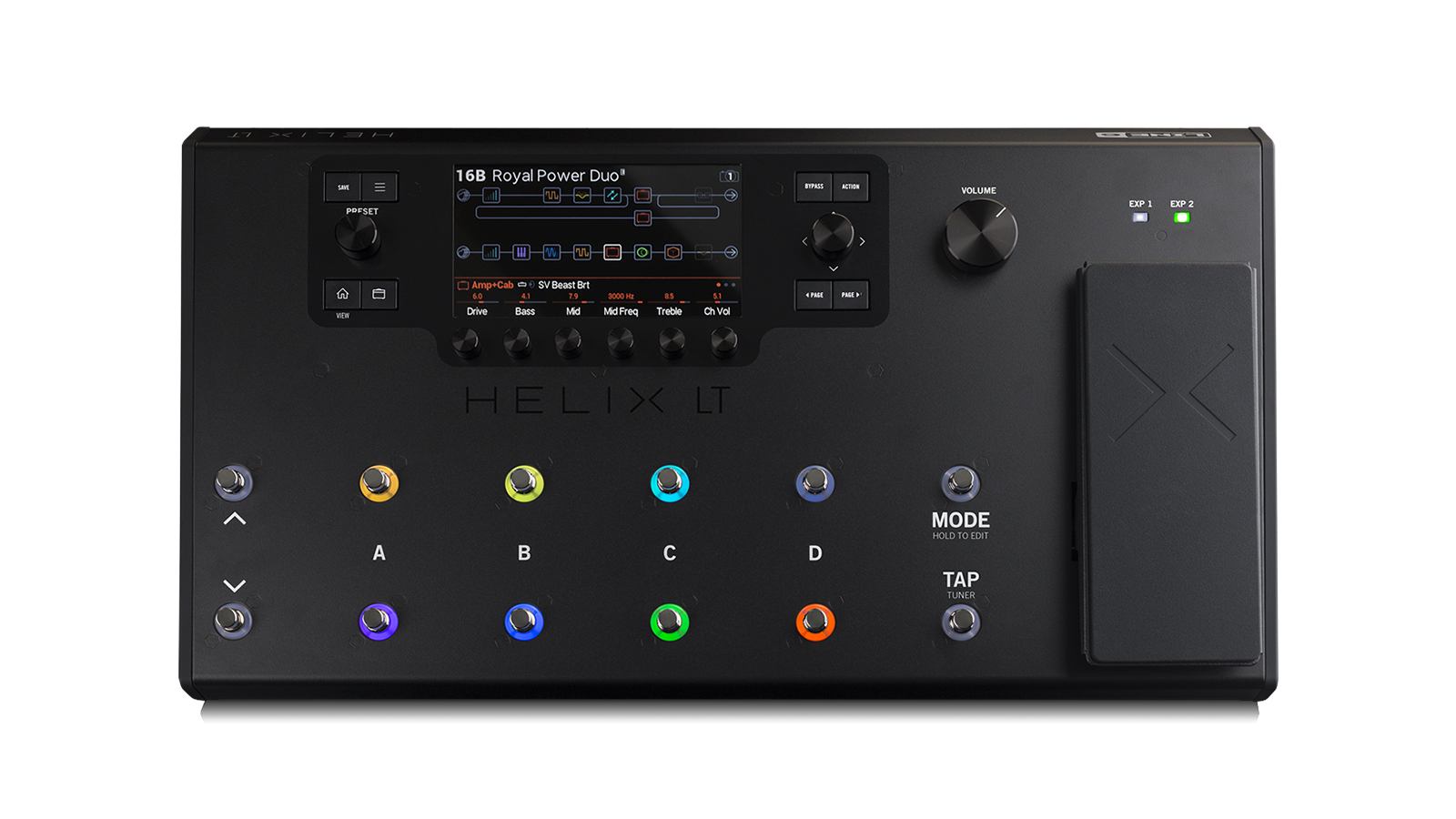
5. Or go for a multi-effects unit
This might once have been a laughable suggestion, but the latest multi-effects units are something else. They not only offer high-quality built-in effects, including classics such as delay, distortion and niche modulation, but many also boast amp and cabinet modelling that will enable you to plug straight into a house PA.
In a perfect world, you could set off for your gig with just one guitar and one multi-effects unit – no amps, no boards and no patch cables. However, as is often the case with digital modelling, there’s a lot of disparity when it comes to the tonal quality of multi-effects units.
If you want something that’s going to compete with your guitar amp and carefully curated pedalboard, you’re going to have to invest in a higher-end model, which could set you back a tasty sum. Having said that, if you weigh up the total cost of your current pedalboard compared to some of the higher-end multi-effects units, you’ll probably find that the latter not only offer convenience but better value for money, too. If you want to check out the best multi-effects pedals you can buy right now, we’ve got you covered.
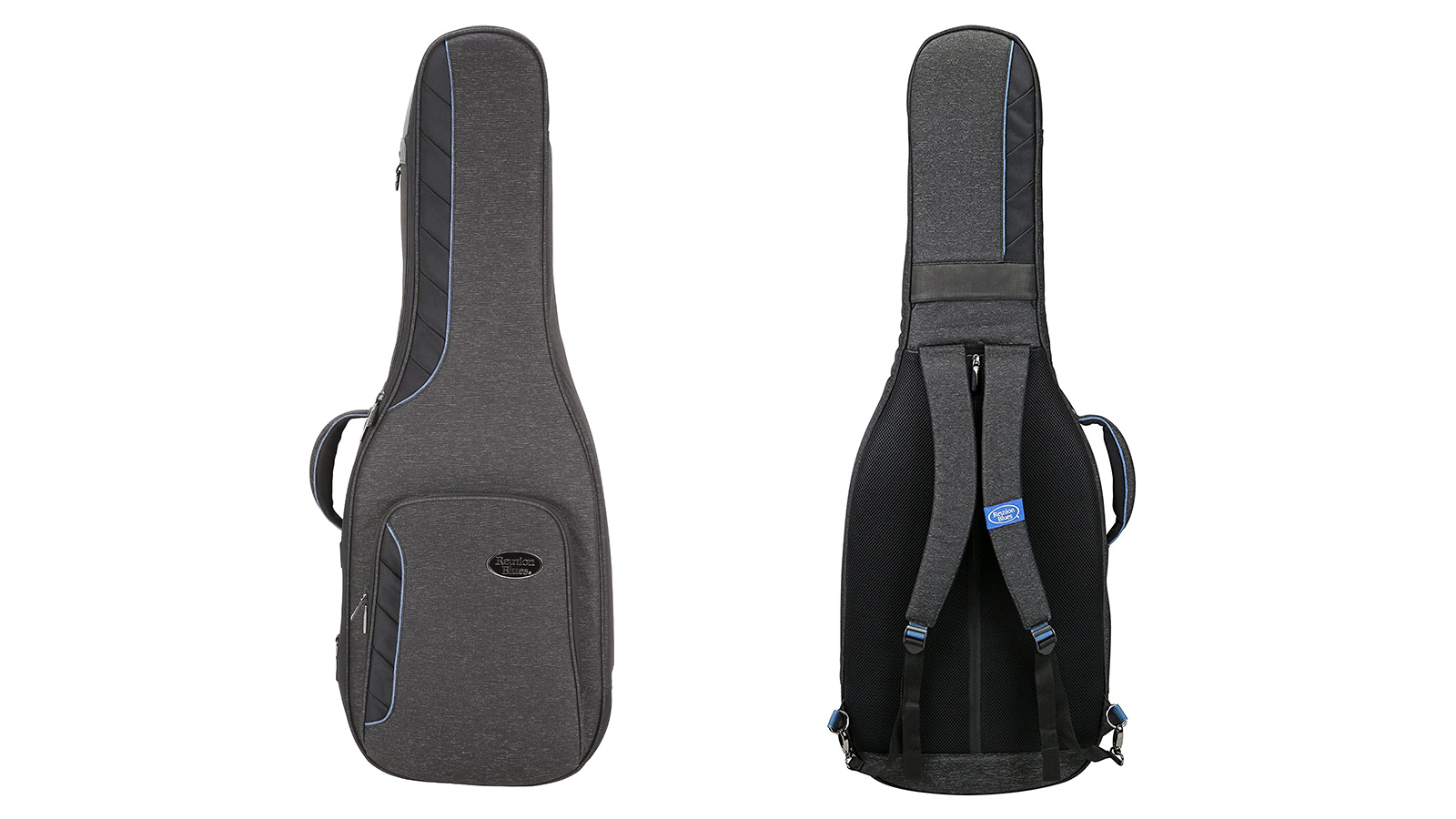
6. Invest in a good-quality guitar case or gig bag
Like buying a washing machine or microwave, shopping for a new guitar case or gig bag isn’t exactly thrilling. But these are essential items as not only will they protect your prized possessions, they’ll make it a lot easier for you to carry stuff, too. Gig bags have the benefit of being lightweight and offering a range of storage options. However, if your axe is likely to be subjected to some extreme scenarios, then you might want to consider going with a hard case. These are much heavier and don’t tend to have as many compartments, but they do offer greater security.
A perfect inbetween option would be something like the Reunion Blues Continental Voyager Electric Guitar Case. This offers the storage and lightweight design, but also has reinforced internal bracing to ensure maximum security.
Whichever type you choose, bear in mind that back straps are a good idea if you need to keep your hands free – for example, if you plan to travel on public transport.
Chris is a contributor to Guitar World and MusicRadar with around 20 years of guitar playing experience – including writing for and recording various projects for around 15 of those. Outside of practical experience, he’s studied music throughout his life, with a particular focus on composition at university. He’s something of a 90s tragic and a sucker for anything with a groovy, metallic edge or psych and stoner vibes. Outside of music, he’s an avid cook, gardener, and rugby league lover.
Guitar World deals of the week: save $250 on a Gretsch semi-hollow guitar, bag a budget busting EQD delay pedal, plus all the best deals on guitar gear over the Easter weekend
“It combines unique aesthetics with modern playability and impressive tone, creating a Firebird unlike any I’ve had the pleasure of playing before”: Gibson Firebird Platypus review











